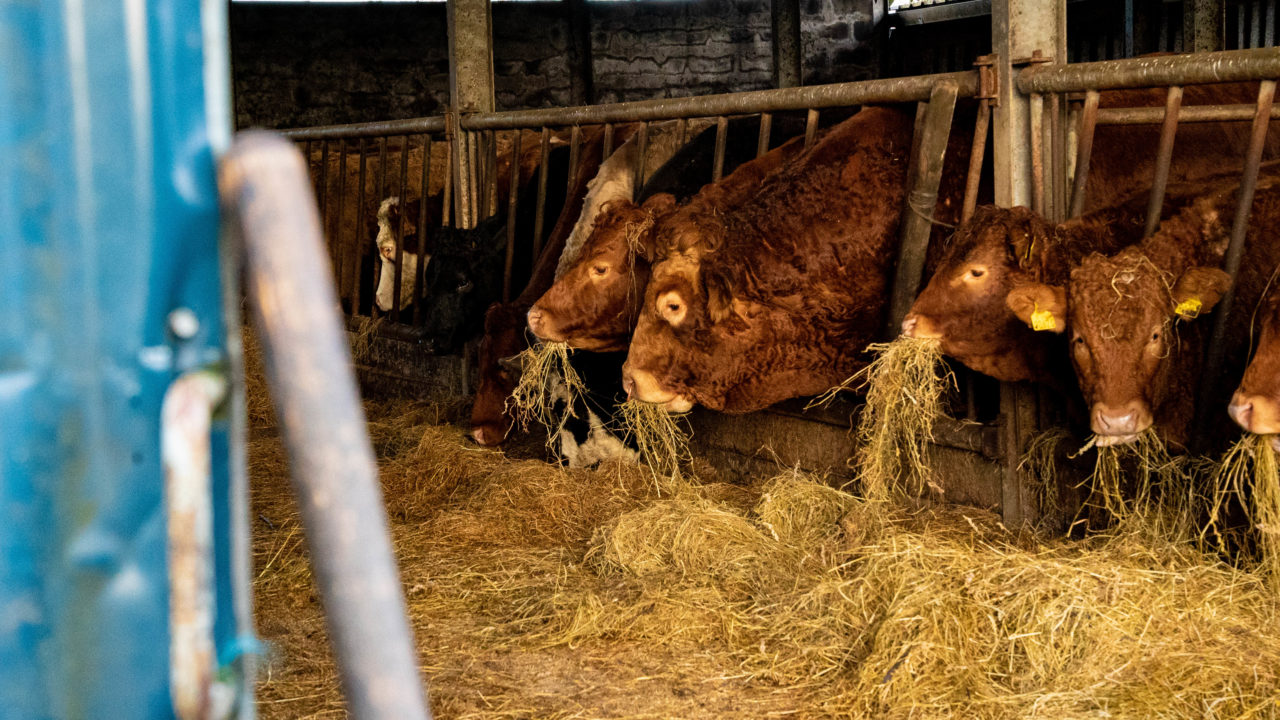Less than 5% of farmers in the Beef Exceptional Aid Measure (BEAM) scheme who failed to meet their 5% reduction target will be spared a full clawback of their payments under the scheme.
Farmers who failed to reduce their organic nitrogen (N) output by 5% or more over the course of either reduction period face a clawback (the two reduction periods were July 1, 2020 to June 30, 2021 and January 1, 2021 to December 31, 2021; with farmers able to choose the second period if unable to meet the target in the first period).
The terms and conditions of the BEAM scheme outline that, if a participant reduces organic N by between 4% and 5%, they would be able to keep some of the funding under the scheme.
However, figures from the Department of Agriculture, Food and the Marine show that, when the schemes figures are fully accounted for, it is expected that only 4.6% of those farmers who failed to meet the 5% reduction target (across both reduction periods) will be eligible to keep some of the funding received.
Under the scheme terms and conditions, the rates of clawback, and how they relate to the amount of organic N reduction, are as follows:
- Reduction of organic N less than 4% – 100% clawback;
- Reduction of organic N between 4% and 4.4% – 80% clawback;
- Reduction of organic N between 4.4% and 4.6% – 60% clawback;
- Reduction of organic N between 4.6% and 4.8% – 40% clawback;
- Reduction of organic N between 4.8% and 5% – 20% clawback.
Following the end of the original reduction period at the end of June 2021, around 19,000 farmers had successfully met the reduction target, out of 33,000 participants. Those farmers therefore exited the scheme without a clawback.
Of the remaining 14,000 farmers or thereabouts, 10,500 opted to defer to the second reduction period, while some 3,600 did not defer and missed their target.
Of that 3,600, the vast majority missed the 4% target to be spared a full clawback, amounting to around 3,390.
The exact number of farmers who fell between a 4% and 5% reduction – and therefore got to keep some of the funding – was only 234.
In the original reduction period, the total value of clawbacks amounted to €5.2 million.
For the second BEAM reduction period, preliminary figures from the department indicate that the level of success for participants is much lower for those who deferred.
Of the roughly 10,500 farmers who deferred, it is expected that 7,200 were unable to reduce organic N by either 5% or 4%, and therefore face a clawback of 100%.
Only a further 275 farmers who opted to defer fell between a reduction of 4% and 5% and will keep some of the funding.
This leaves only around 3,000 farmers who deferred and met the 5% target – just around 29% of all those who deferred.
The total value of clawbacks for the deferred period will be in the region of €12 million to €12.5 million.
Adding up the figures for both reduction periods, the total number of farmers who failed to meet the 5% reduction target will amount to 11,075. Of them, only 509 achieved a reduction of 4% or more – just 4.6% of the participants who missed the overall 5% reduction target.
Of the total 33,000 scheme participants, only around 22,000 will not face a clawback of any amount for missing targets.
Over the course of both reduction periods, the total amount of funding to be clawed back from farmers under the BEAM scheme will be around €17.5 million.
It is expected that all participants who opted to defer will receive correspondence from the department towards the end of this month or early March identifying whether or not they will face a clawback, and the amount of this clawback.
